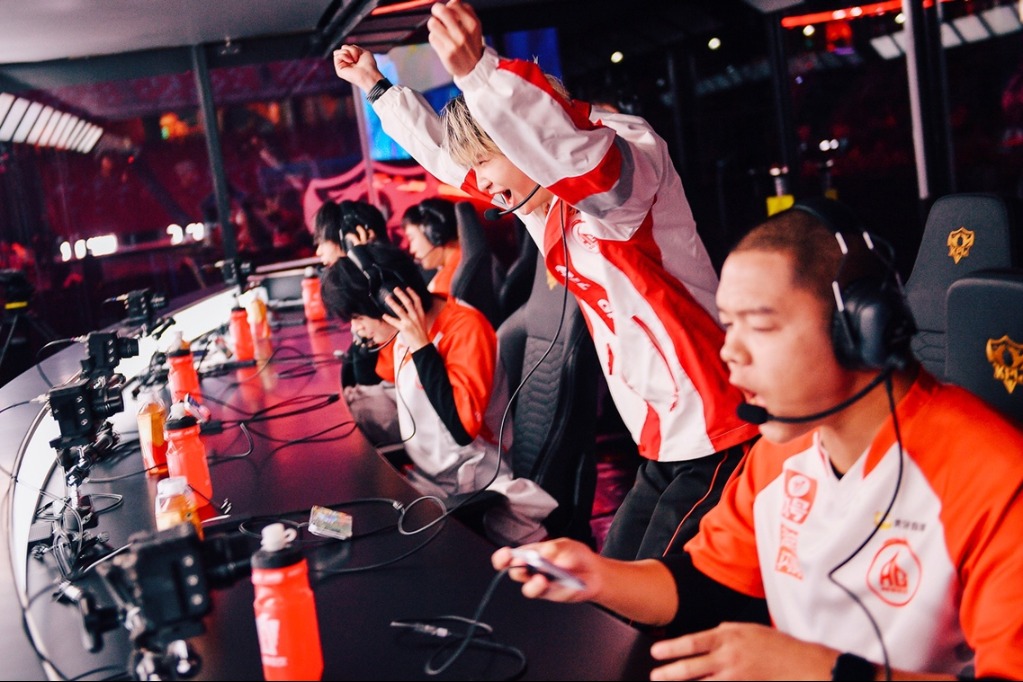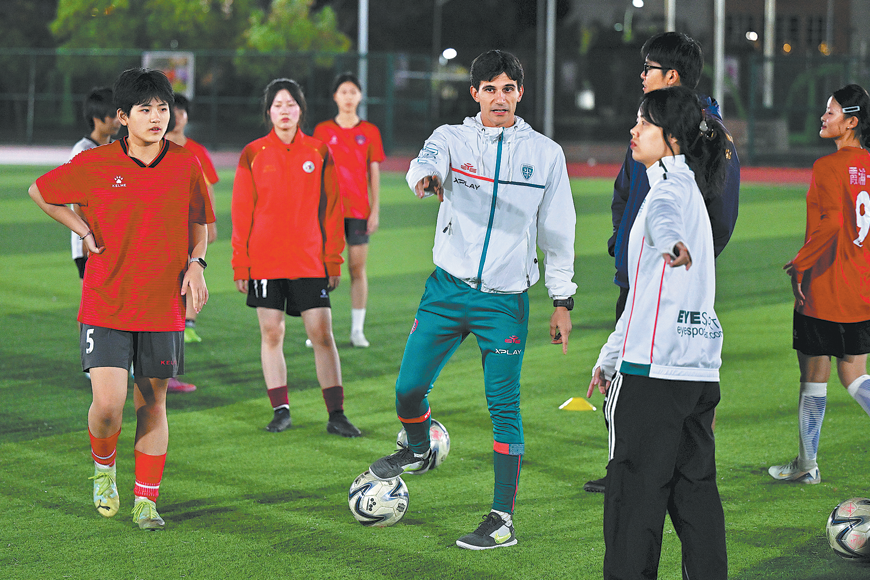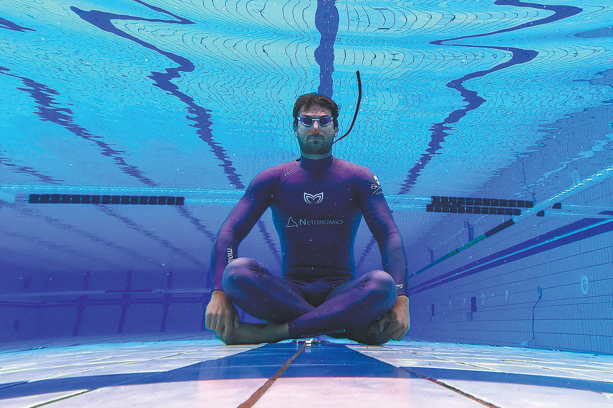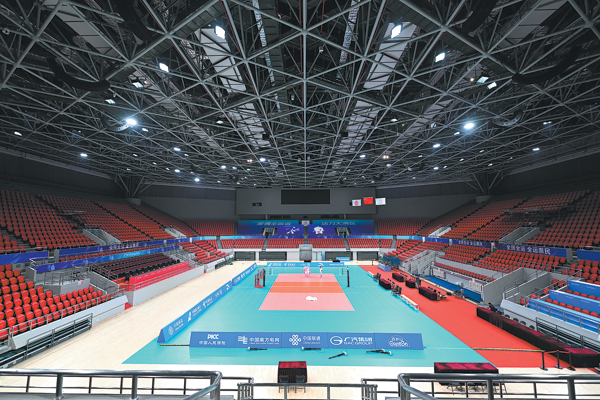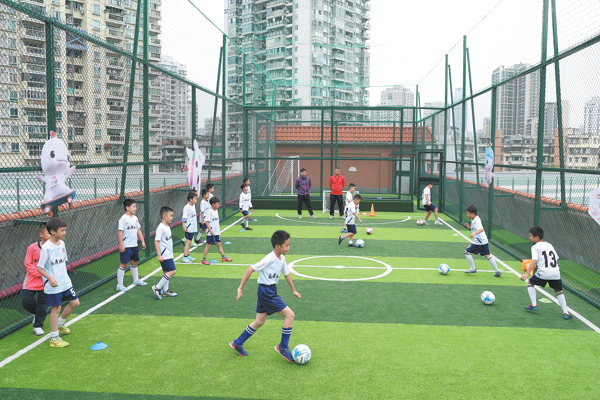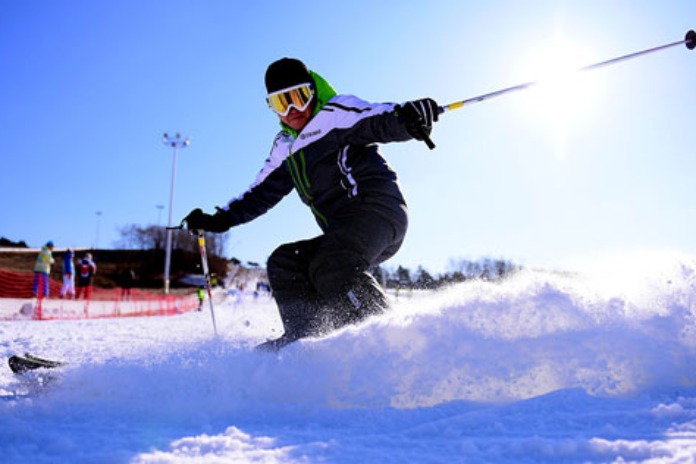Turning chilly thrills into cool profits

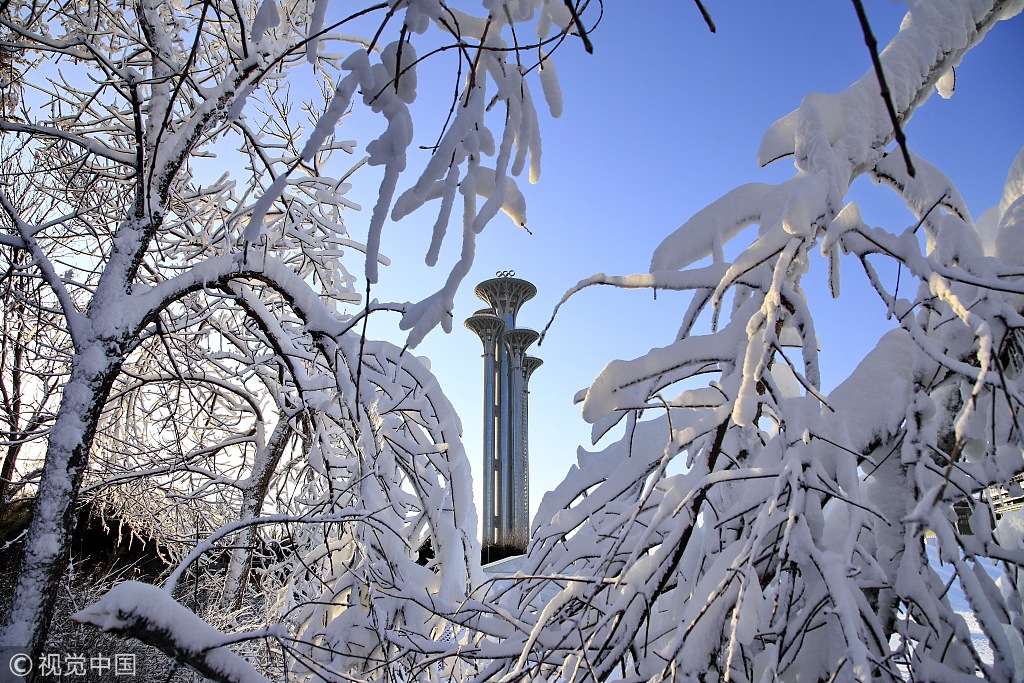
As a recreational haven for Beijing's residents, the Olympic Forest Park in the north of the city is a living and breathing legacy of the 2008 Summer Games. Now, the park has more chilly thrills to offer as it plays a part in preparations for the 2022 Winter Games.
Since opening in November, outdoor skating rink Aosen Ice World has been thronged every weekend until sunset with kids, families and couples.
The growing participation in ice and snow activities in Beijing is evident at packed commercial rinks across the capital as the nation strives to reach a target of involving 300 million people in winter sports by 2022.
According to the General Administration of Sport of China, there were 334 indoor rinks in operation by June 2018, representing a 29 percent year-on-year rise, while the number of ski resorts had increased to 738 by the same time with 70 new facilities built since June 2017.
Chinese ski resorts welcomed 17.5 million visitors in 2017, a 15.9 percent annual increase, contributing to a total consumption of 72 billion yuan ($10.7 billion), up a whopping 78.4 percent from 2016. Around 20 million people visited skating rinks in 2017, boosting consumption in training, facility rental and gear manufacturing and sales to 61 billion yuan.
Tourism spots featuring ice and snow sports facilities attracted 197 million visitors in the 2017-18 winter season, raking in revenue of 330 billion yuan on a 22 percent annual increase, according to a report by the China Tourism Academy.
The growth is encouraging for a country that has just started to promote winter sports culture, but is still not enough compared to the sector's world leaders, said Li Yingchuan, a deputy director of the general administration of sport.
"We are still in the infancy," Li said at the recent Sino-Finland Winter Sports Industry Seminar in Beijing. "The number seems quite big already, but the growth pales a little bit when it is compared to our large population and the untapped potential in winter sports participation."
Li also urged the country's sports and construction regulatory bodies, as well as property developers, to make facilities more accessible to urban residents, with a view to converting one-off consumers into diehard fans.
Based on data over the past five years, a Chinese skier visits resorts 1.6 times on average every winter, while the equivalent frequency is 4.5 in Switzerland and 5.8 in Austria, according to the 2018 International Report on Snow and Mountain Tourism published by independent consultant Laurent Vanat.
The general administration of sport also revealed that 75.2 percent of skiers at Chinese resorts in 2017 were one-off customers.
Li believes China faces a bigger challenge in its lack of training and organizational professionals.
"We are in great need of specialists in coaching, management and scientific research in winter sports to make sure that the public participate in a safe, well-organized and sustainable environment," he said.
Foreign expertise is already being tapped to address this problem.
Jusa Susia, head of the East Asia region for Business Finland, a government-affiliated agency, said Finnish snow resorts have combined to share best practices with their Chinese partners
"We are ready to provide the full solution and training on how to operate a snow resort in both winter and summer so you can have a sustainable business mode," said Susia, who last month visited multiple resorts in Zhangjiakou, Beijing's co-host for the 2022 Games in Hebei province.
Diversifying services and entertainment choices to engage consumers of all ages is critical for the long-term success of China's new venues, Susia added.
Most Popular
- Coordinated anti-doping effort in full swing
- Chengdu AG defends King Pro League title, sets world record at Bird's Nest
- Paving Serie A pathway for Fujian youths
- Croatian diver already eyeing next breathtaking achievement
- Making good use of the current, upgraded venues are greener than ever
- Celebrating the people's Games

















